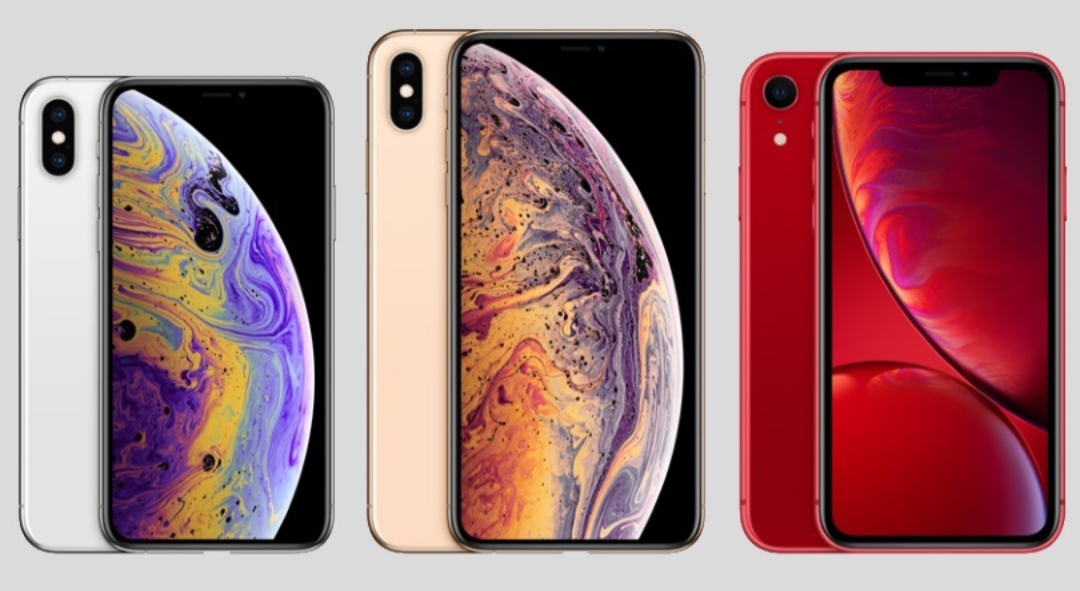How to Set Up Google Fi on iPhone X, Xs, Xs Max and XR

The mobile industry has seen considerable change as Google’s latest cellular carrier. Google Fi takes over from Project Fi. This service includes cheap plans that can connect to any a large number of WIFI hotspots across the world making many subscribers switch from their service providers.
In a move to attract more interest, Google has also announced verified Fi support for iPhones, users can even get the Google Fi app on the App Store presently. But there are some peculiarities (of which we will discuss below) with installing Google Fi on an IOS smartphone. Read through the entire article if you want to know how to set up Google Fi on iPhone.
Steps to set up Google Fi on iPhone
There are procedures you must follow if you are to set up Google Fi on iPhone, it should be noted only iOS 11.0 or later is supported.
Ensure Your Device is SIM-Unlocked
First, you need to determine if your is SIM unlocked or GSM unlocked, i.e. carrier unlocked. If it’s not unlocked, your iPhone loses its ability to connect with Google Fi’s network.
If you purchased your iPhone from an Apple dealership, then it’s possible your device is unlocked. But if you bought it from your network provider, then you might have to unlock it. If you wish to know more about SIM- unlocked phones and how to unlock them, you should read on.
Ensure You Are Comfortable with Fi’s Shortcomings on iPhones
Secondly, you should know that Google Fi enabled iPhones cannot switch between networks such as Sprint, T-Mobile and US Cellular. Rather iPhones which support Google Fi work with only the T-Mobile.
We advise you check T-Mobile’s coverage map before you proceed with using Google Fi. This helps you know if the coverage will be strong enough to make calls or surf the web conveniently. But to get a clear picture of the coverage, avoid clicking the “Extended Range LTE-600 Mhz” overlay.
The different bands and frequencies used by various service providers in the US might bother you. However, you should not worry because all iPhones purchased in the States from either a carrier or Apple dealership operate on all significant T -Mobile frequencies except T-Mobile’s recent 600 MHz Band 71 network.
This shows that you can have access to the same level of coverage with any iPhone sold in the US on Google Fi as an iPhone from T-Mobile would on the T-Mobile network.
Your iPhone will experience some glitches on Google Fi, however for a limited time. You will not be able to send an SMS over Wi-Fi although iMessage will function as usual. You will also not be able to make Wi-Fi calls. However, if you wished to send a text to an Andriod phone, you would need a connection to a cell tower. Although there is a chance of Google fixing these limitations, it might not be in the nearest future.
Finally, your device will lose its visual voicemail feature when you switch to Google Fi. This glitch might be corrected as Google can upgrade the Google Fi app for IOS devices to support this feature. However, users will have no access to voicemail transcripts based on text in the regular iPhone app.
Get a Project Fi SIM Card
If you still intend to swap your network carrier for Google Fi, you should register a Google Fi SIM card. To get one, you should sign up for the service and ensure you click on the “Bring Your Own Phone” option when presented with the “Select Your Device” option. You can get the SIM kit that works with your iPhone for free.
Now, you’ll need to get the Google Fi app on your iPhone. You can either search the App Store for “Google Fi,” or you can jump right to the installation page by tapping the link below.
Now, you should install the Google Fi app on your iPhone. You can search for Google Fi on the App Store, or you can quickly access the installation page by clicking on the link below.
App Store Link: Google Fi (free)
Download the Google Fi App
After this, place your Google Fi SIM card into your iPhone’s SIM slot and reboot your smartphone. When your phone comes back on, scroll to the Google Fi app, tap and log in with the Google account you used to set up Fi. At this point follow the prompts to activate your new cell service.
Activate SMS and MMS Messages
Now you may need to make some adjustments if you want your iPhone to deliver and accept common text messages. Scroll to the “Cellular” menu under the Settings app. If your iPhone runs on iOS 12 click on “Cellular Data Network.” But if your device has the IOS 11, click on ” Cellular Data Options” followed by another click on “Cellular Data Network.”
Next, you have to fill in some information into some fields provided. Copy the values below precisely as its written (do not write anything in the spaces marked ” leave blank”) and paste them on the field provided.
Cellular Data
APN: h2g2
Username: leave blank
Password: leave blank
LTE Setup
APN: h2g2
Username: leave blank
Password: leave blank
MMS
APN: h2g2
Username: leave blank
Password: leave blank
MMSC: http://fi.g.co/mms/wapenc
MMS Proxy: leave blank
MMS Max Message Size: 1048676
MMS UA Prof URL: apple.com/mms/uaprof.rdf
After filling the above values, reboot your iPhone for the second time. Google Fi will be ready for use as soon as the iPhone comes on.
Conclusion – Set up Google Fi on iPhone
Although Google Fi does not reach its real potential on iOS, it is still a very cost-effective network, and the reception will be as favourable as it would on T-Mobile. Another advantage of Google Fi is that it costs less than standard cell phone plans even despite the volume of data you consume.
But if you take a look at the peculiarities of Google Fi, it a seem like a poor option for a low-cost carrier for iPhone users. For instance, you can only use T-Mobile services; thus, you are limited in enjoying the benefit of Google Fi to connect with networks such as US Cellular or Sprint.
Alternatively, Google Fi might be a suitable choice for iPhone users who consume at least 1GB of data on a monthly basis. If you fall in this category, then you spend less than $30 for this service, the lowest price you can get on a cell plan today.














